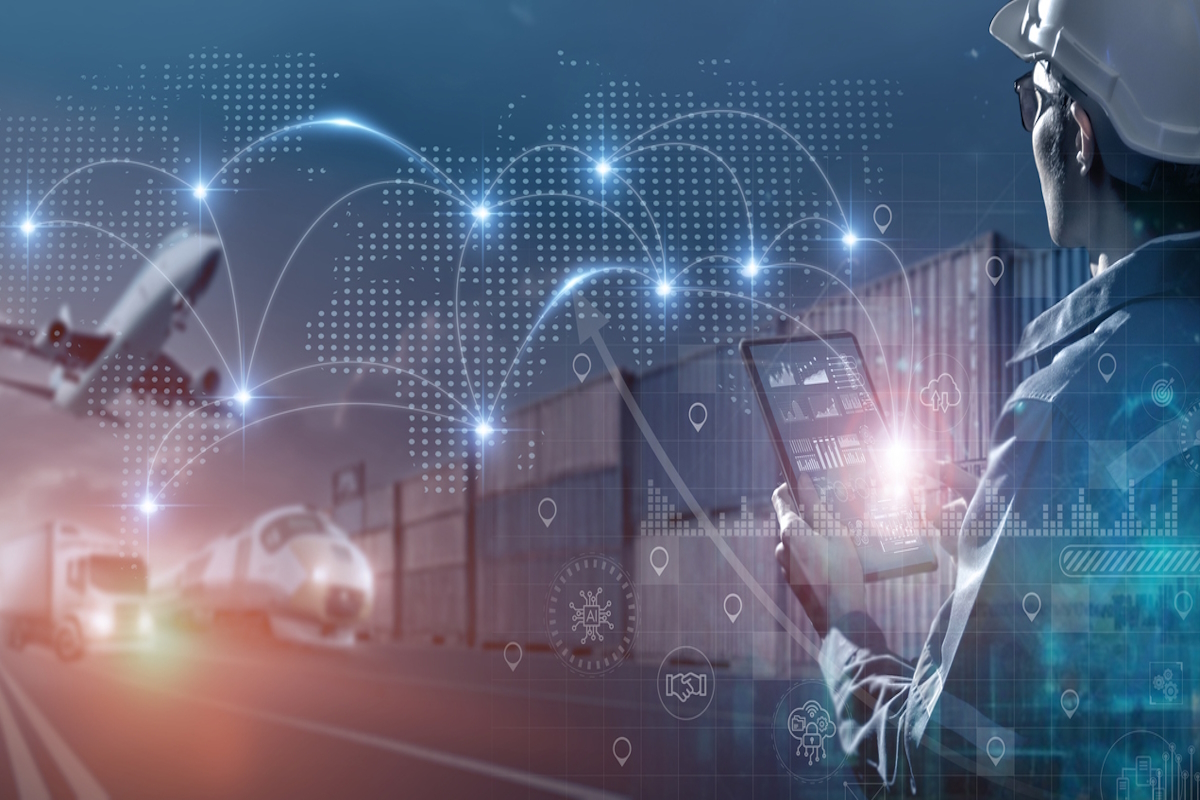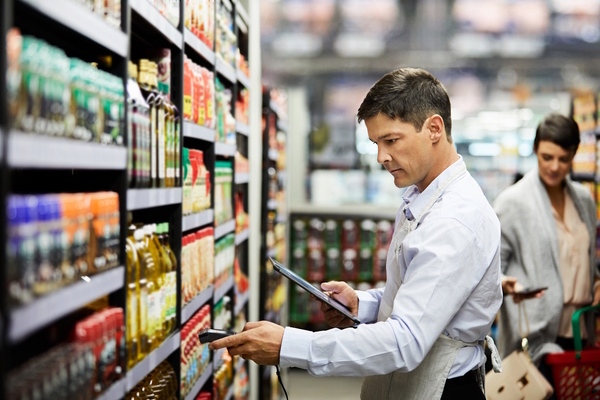Enabling secure real-time visibility across the supply chain

Jonathan Wright at Global Cloud Xchange (GCX) explains how unified zero-trust solutions streamline IT network management while correcting modern security risks
We are in a time of what feels like a relentless expansion of globalisation, with the boundaries of supply chains being well and truly stretched. As a result, businesses are uncovering unprecedented trade opportunities, however, simultaneously amplifying their susceptibility to disruptions.
However, the COVID-19 pandemic laid bare the vulnerabilities inherent in supply chains lacking resilience, underscoring the critical need for transformative measures. While stability in supply chains remains pivotal for business success, the inevitability of disruptions looms so proactive risk mitigation strategies serve as a defence against potential financial turmoil, reputational loss, or even catastrophic business failure.
Central to supply chain resilience is the imperative of real-time visibility across the whole supply chain ecosystem. Equipped with comprehensive insights into inventory dynamics, business leaders wield the power to navigate uncertainties with precision and fortify their decision-making.
Such strategic foresight not only mitigates disruption pressures on partners and suppliers but also cultivates long-lasting customer satisfaction, anchoring the foundation of business success in an ever-evolving landscape.
Creating the conditions for improved decisions
A digital-first approach, reinforced by robust data analytics helps organisations track and control their inventory more efficiently. It does this by allowing businesses to keep supply chains running and giving them a real-time snapshot of the state of play and predictions as to future states of play.
Analytics facilitate real-time decision-making, as business leaders would be equipped to react to disruption more efficiently. A prime example of this would be addressing disruption by changing transportation to save on cost or redirecting the route to save time.
While that may sound great, achieving this level of visibility in-house is no easy feat. Supply chains today span the scale of the planet, meaning inventory needs to be tracked and managed from manufacturing warehouses all the way to retail points. Additionally, these locations along the supply chain are typically owned and operated by several different companies.
As a result, attaining an accurate snapshot of the state of play is a more difficult ask. Mainly because it would require businesses to collect data from each owner with different rules and formats, including third-party data on variables like weather, tide, local events of significance, public holidays, vessel tracking and even local traffic.
The growing cyber-attack surface
Moreover, achieving real-time visibility requires data to be shared throughout the supply chain. To do this successfully, a business needs constant connectivity. Achieving this across every inch of the supply chain is a significant challenge, with large sections having lower availability connectivity, and requiring the use of public networks to remedy this.
However, as these are easily accessible, they leave more to be desired in terms of security, which can be a massive issue given the increased deployment of technology.
The cyber-attack surface is scaling rapidly as the world continues to digitalise, meaning while the increasing use of tech may help to increase visibility, it also introduces increased risks. Using modern technology like IoT sensors to increase connectivity adds significantly more points at which cyber-criminals could enter the network. To make things worse, this puts not only the device user at risk but every company across the supply chain network.
The type of disruption here can vary, apart from the obvious risk of a significant data breach, businesses could expect financial penalties and losses in productivity and reputation.
Real-time visibility in practice
To address these challenges, organisations should unify their network operations to a single zero-trust platform to leverage the selling points of both public and private networks. This would not only increase connectivity throughout but bolster security, enabling the bandwidth to share data across the supply chain and facilitate real-time visibility.
This also helps address compliance standards. Supply chains today are extremely extensive and span several countries, so if business leaders centralise their network operations, it would allow them to meet compliance standards in all sections of the supply chain that they are responsible for.
By doing this, businesses can help facilitate a more robust application of security policy, as these frameworks can be more easily supported by security principles like zero-trust architecture which is equally as effective on IoT devices as it is on full offices, and ensures that businesses cover themselves against growing cyber threats.
To minimise the risk as much as possible, business leaders should also make sure these effective security policies are implemented both throughout their organisation and – as much as they can - across their vendor network.
Of course, while several organisations across a company’s supply chain may not adopt the same risk mitigation policies, business leaders should still set themselves up to minimise the risk as best they can. They can accomplish this by supporting their zero-trust architecture with solutions that continuously monitor for vulnerabilities in real time.
Reaping the benefits for years to come
So, while entirely preventing disruption across a supply chain may not be feasible, business leaders can certainly follow proactive measures to significantly minimise knock-on effects.
By unifying network operations and implementing robust security measures like zero-trust architecture, they are best positioning themselves to effectively safeguard against cyber-threats and ensure that are reaping the benefits of real-time visibility for years to come.
Jonathan Wright is Director of Products and Operations at Global Cloud Xchange (GCX)
Main image courtesy of iStockPhoto.com

Business Reporter Team
Most Viewed
Winston House, 3rd Floor, Units 306-309, 2-4 Dollis Park, London, N3 1HF
23-29 Hendon Lane, London, N3 1RT
020 8349 4363
© 2025, Lyonsdown Limited. Business Reporter® is a registered trademark of Lyonsdown Ltd. VAT registration number: 830519543





